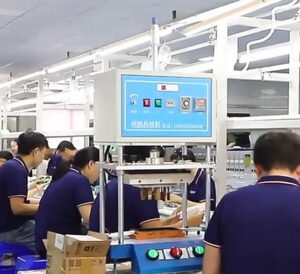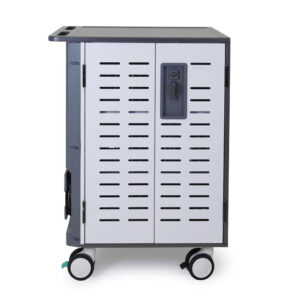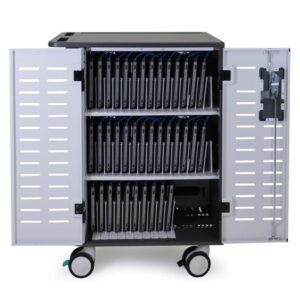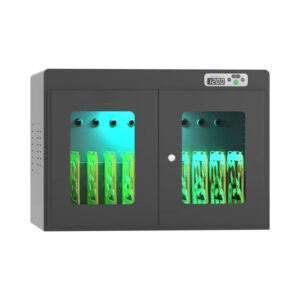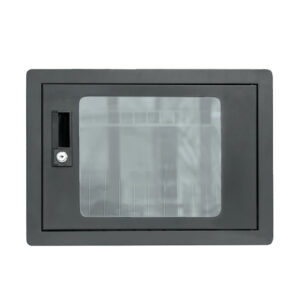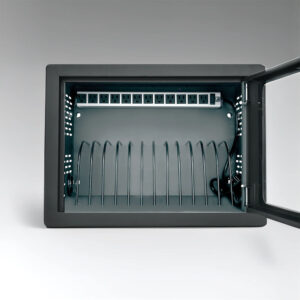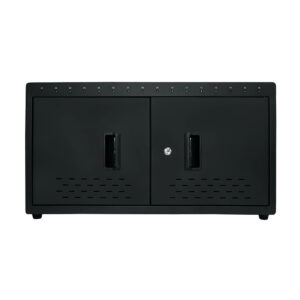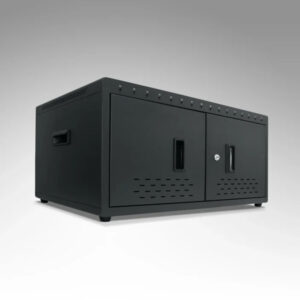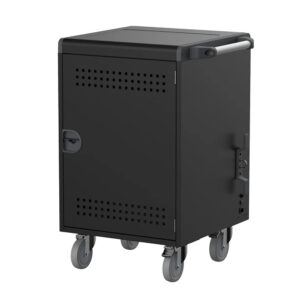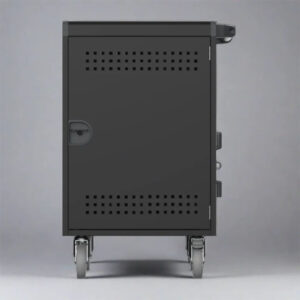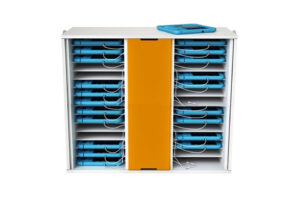Summary
Charging cabinets and charging stations have become essential tools across various sectors, including education, healthcare, retail, and hospitality, by facilitating the management and accessibility of mobile devices. As reliance on technology continues to rise, these solutions address critical challenges associated with device readiness, operational efficiency, and enhanced user experiences. Their notable adoption in schools, hospitals, stores, and dining establishments underscores their growing importance in modern society.
In educational settings, charging cabinets help ensure that students have access to fully powered devices, thereby minimizing instructional disruptions caused by dead batteries. Research indicates that approximately 63% of educators have noted a loss of instructional time due to students arriving unprepared with uncharged devices, prompting calls for shared charging resources to mirror traditional textbook practices. Similarly, in healthcare environments, charging stations significantly improve patient satisfaction by allowing individuals to stay connected during their visits while reducing the workload on staff who would otherwise manage these needs.
The retail sector has also recognized the strategic value of charging kiosks, which enhance customer engagement and promote sales by providing convenient access to device charging while simultaneously serving as platforms for advertising and brand interaction. Studies show that strategically placed charging stations not only encourage impulse purchases but also foster a welcoming shopping atmosphere, leading to increased customer loyalty. In hospitality, charging solutions enhance the guest experience by providing convenience and facilitating staff interactions, while also streamlining operations by reducing the need for staff intervention in device management.
Despite their widespread benefits, the implementation of charging cabinets raises concerns regarding security, device safety, and potential cybersecurity threats, particularly in healthcare and educational environments. As institutions navigate these challenges, the importance of integrating advanced safety features and management systems within charging solutions remains paramount. Overall, the effective use of charging cabinets and stations is transforming how various sectors interact with technology, contributing to improved experiences and operational success.
Table of Contents
Use Cases in Education
Charging cabinets and solutions play a vital role in modern educational environments, addressing the challenges posed by the increasing reliance on technology in classrooms. As educational institutions adopt more digital learning tools, the need for effective device management has become paramount.
Importance of Device Readiness
In a small 2023 survey of 171 teachers, it was reported that approximately 63 percent of educators observed that students without functioning devices often lost valuable instructional time during lessons. This highlights the critical importance of ensuring that all students have access to charged and ready-to-use devices. Jason Bailey, director of innovation and design at the State Educational Technology Directors Association, notes that the issue of students arriving unprepared is longstanding and can be managed through shared resources, similar to past practices with physical textbooks.
Charging Solutions Enhancing Learning
Implementing charging solutions, such as modular power stations, can significantly contribute to student success and help schools adapt to technology-driven curricula. LapCabby power stations exemplify effective technology management, providing secure storage and charging capabilities for devices such as laptops, tablets, and smartphones. These charging stations are designed with lockable compartments and advanced power management systems, helping protect valuable educational technology from theft and damage while ensuring they are ready for use at all times.
Organizational Benefits
Charging cabinets and carts also streamline device organization within schools. They not only reduce classroom interruptions caused by students searching for outlets but also foster a culture of responsibility regarding technology use. With a secure and organized approach to managing devices, educational institutions can create a more efficient learning environment. As G. Roberts, a Network Manager, stated, “The device has been well-received by both the pupils and staff and will be a lasting addition in the classroom for many years ahead!” This demonstrates the positive impact that reliable charging solutions have on both students and faculty.
Versatility in Educational Settings
Charging solutions can be customized to fit the unique needs of different educational environments. Schools can configure charging stations to accommodate various devices, ensuring all students have access to the necessary technology. Expert insights emphasize that adaptable charging solutions not only create a more engaging learning atmosphere but also optimize resource utilization, benefiting both educators and students.
Addressing Security Concerns
The integration of charging cabinets significantly mitigates the risks associated with equipment theft and mismanagement, critical issues faced by many educational institutions. With the increasing number of devices in classrooms, it is essential for schools to have dedicated resources for managing these tools. A lack of organization can hinder learning, making it imperative that schools invest in effective charging solutions to safeguard their technology investments.
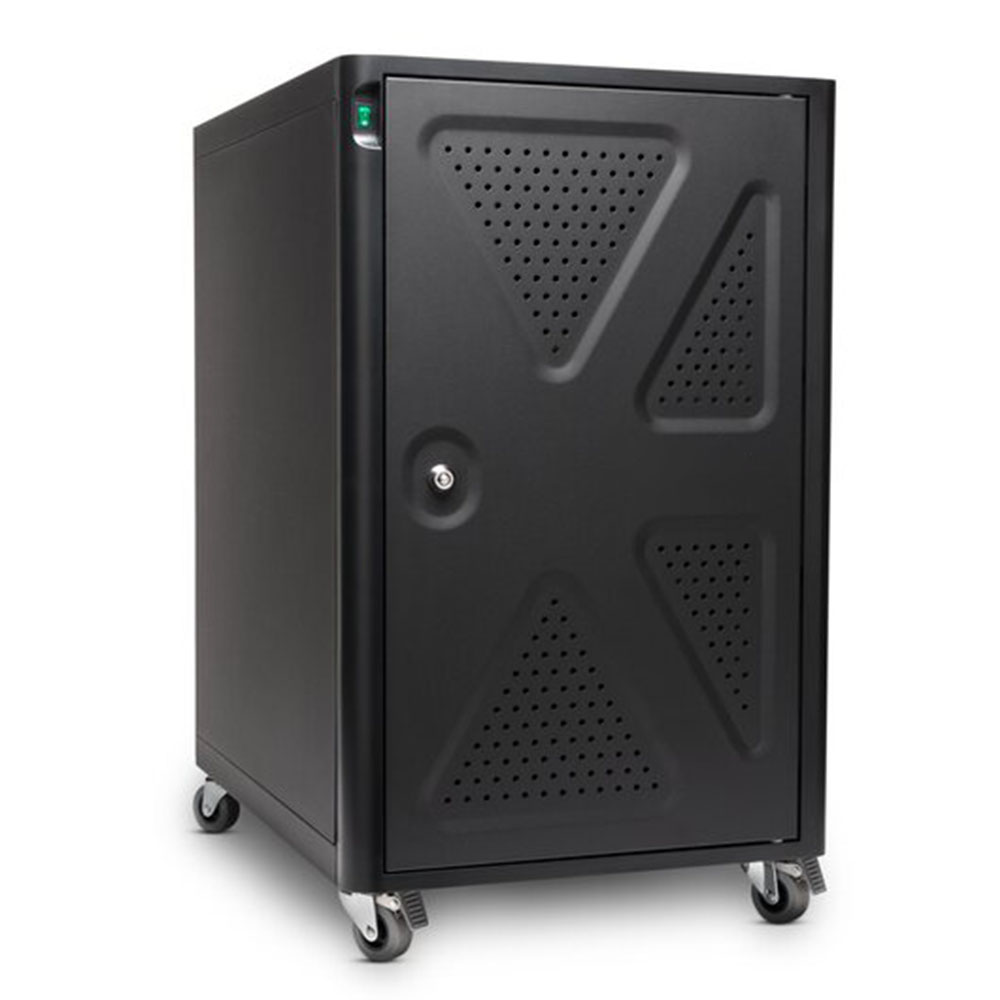
Use Cases in Healthcare
Charging cabinets and stations play a vital role in enhancing patient care and operational efficiency within healthcare settings. By providing a reliable means to charge mobile devices, these solutions cater to both patients and healthcare staff, ensuring constant connectivity and improved experiences.
Enhanced Patient Experience
Charging stations in hospitals significantly improve the patient experience. Patients often utilize their mobile phones to alleviate boredom, fear, or pain during their stay, enabling them to communicate with loved ones, access entertainment, or seek medical information. The availability of charging stations in waiting rooms and patient areas allows patients and visitors to stay connected, which not only reduces perceived wait times but also increases overall satisfaction with the healthcare service. Moreover, when patients have charged devices, they can easily access important health-related information, such as medical records and test results, which enhances their engagement in their own care.
Reduced Staff Burden
The implementation of charging solutions can alleviate the burden on healthcare staff, allowing them to focus on patient care instead of managing patients’ phone charging needs. Traditionally, nurses and support staff often handle these requests, which can detract from their primary responsibilities. By directing patients to accessible charging stations, healthcare facilities can enhance staff productivity and allow for a more efficient allocation of resources.
Improved Communication and Workflow
For healthcare professionals, having charged devices is essential for effective communication and workflow management. Mobile devices are integral to accessing medical records, coordinating with colleagues, and managing schedules. Charging cabinets ensure that staff’s devices remain powered, thus supporting improved efficiency in their daily tasks. The use of smart portable charger stations, like Electron-to-Go, enables staff and patients to charge devices without being tethered to a single outlet, providing flexibility and reducing the time spent on charging logistics.
Safety and Cybersecurity Features
Modern charging solutions often incorporate safety features, such as data-blocking USB ports that protect against cybersecurity threats like “juice jacking,” where malware can be transmitted via charging connections. These safety measures are particularly crucial in healthcare settings, where the protection of patient data and devices is paramount. Moreover, charging cabinets can also offer disinfecting capabilities, ensuring that devices are safe to use after charging.
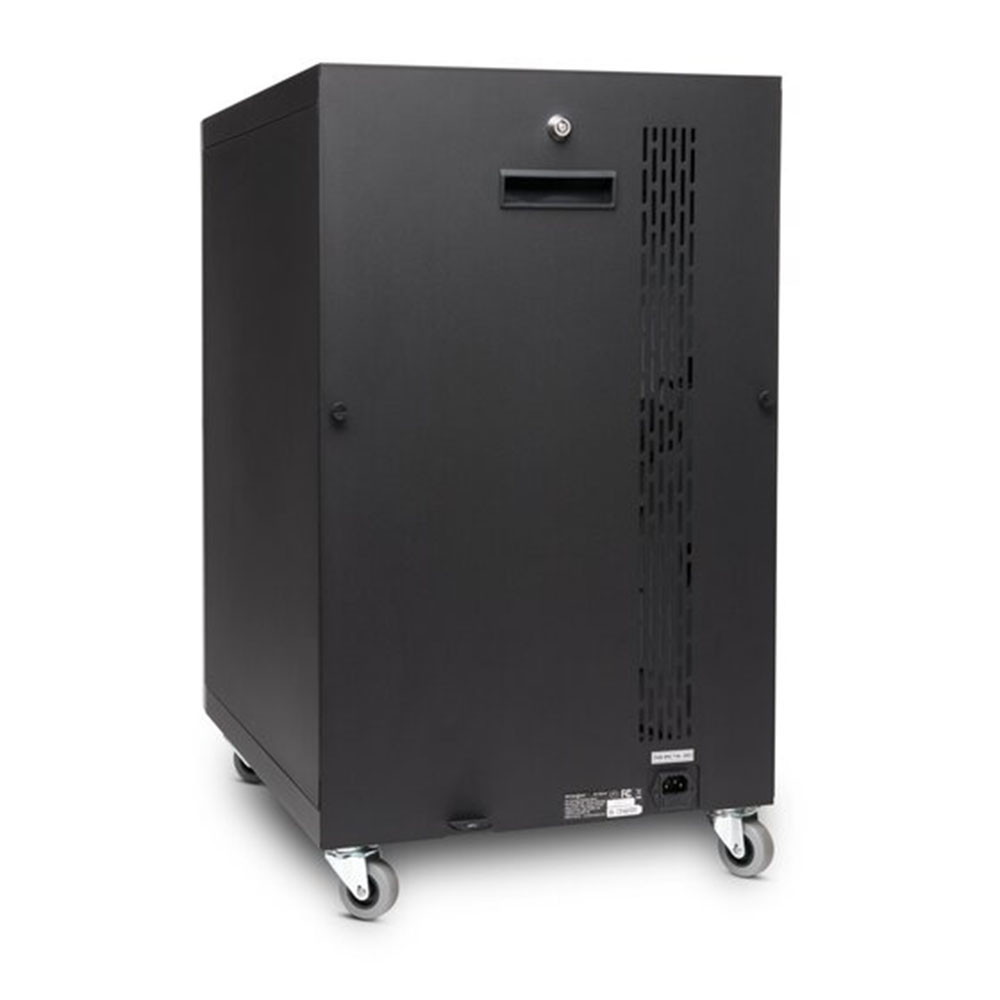
Use Cases in Retail
Retail environments have increasingly adopted charging cabinets and kiosks as multifunctional tools that enhance the shopping experience, drive customer engagement, and promote sales. These charging solutions serve as strategic assets, facilitating a more convenient and enjoyable atmosphere for shoppers.
Strategic Placement of Charging Stations
Positioning charging stations in high-visibility areas is crucial for maximizing their effectiveness. Placing them along main aisles or near popular displays keeps customers connected while encouraging them to browse nearby products. This strategy ensures that shoppers remain engaged in the shopping experience, potentially leading to increased sales as customers are more likely to discover new items while their devices charge.
Enhancing Product Visibility and Promotion
Charging kiosks can double as promotional platforms. Retailers often utilize screens on charging cabinets to display advertisements, promotions, or information about new products. For example, situating a charging station near a seasonal display can attract customers’ attention and prompt them to explore these products further. This tactic transforms the waiting time associated with charging into an opportunity for brand engagement, making it more likely that shoppers will consider making a purchase.
Encouraging Impulse Purchases
As customers wait for their devices to charge, they are likely to wander into nearby aisles, which increases the chances of impulse purchases. The extended browsing time allows customers to engage with products they may not have actively sought out, effectively enhancing the retailer’s bottom line.
Creating a Customer-Centric Atmosphere
Offering free charging solutions demonstrates a retailer’s commitment to customer comfort and convenience. This thoughtful service can foster a welcoming environment, significantly improving the overall shopping experience. When customers feel that their needs are being met, they are more likely to develop loyalty toward the brand and return for future visits.
Targeted Engagement Opportunities
Retailers can capitalize on the time customers spend at charging stations by promoting loyalty programs, encouraging newsletter sign-ups, or inviting participation in exclusive competitions. This direct engagement not only enhances the customer experience but also builds a database for future marketing initiatives.
Positive Customer Impressions in High-Dwell Areas
Food courts or areas with high dwell times are ideal for placing charging stations, as shoppers often spend more time eating and socializing. By providing charging facilities in these spaces, retailers can encourage customers to linger, ultimately increasing the likelihood of additional shopping while offering an amenity that aligns with customers’ needs.
Engaging Captive Audiences
Charging kiosks provide a unique opportunity for retailers to engage a captive audience. By utilizing this time to showcase product demonstrations or share brand stories, retailers can reinforce brand awareness and create positive associations with their products. Such engagement not only keeps the brand top-of-mind but also enhances the likelihood of return visits.
Feedback and Improvement Opportunities
Retailers can also position interactive screens near charging stations to gather customer feedback. This direct line of communication allows brands to show they value customer opinions, fostering a sense of loyalty among shoppers who feel heard and appreciated.
By integrating charging cabinets into the retail landscape, businesses can create a dynamic shopping environment that meets practical needs while enhancing brand engagement and increasing sales opportunities.
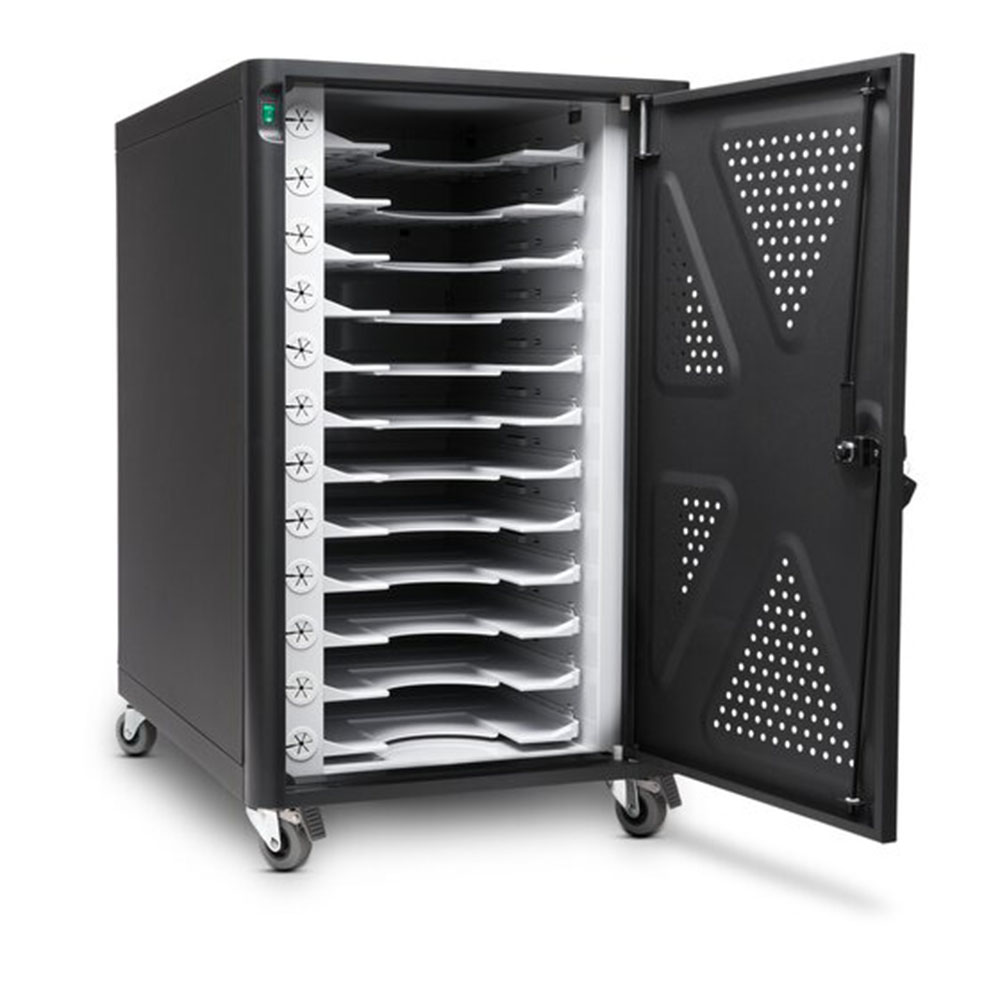
Use Cases in Hospitality
Enhancing Guest Experience
Charging stations in hospitality settings, such as restaurants, motels, and cafes, play a significant role in enhancing the customer experience. These amenities provide convenience for guests who rely heavily on their mobile devices. For instance, in dining establishments, charging stations can invite customers to charge their devices while enjoying their meals, ultimately leading to longer stays and increased customer satisfaction. Additionally, these stations can serve as points of engagement for staff, allowing them to initiate conversations and promote relevant offerings while guests wait.
Strategic Placement
Strategically positioning charging stations in high-dwell areas, such as food courts or reception areas, capitalizes on guests’ extended presence in these spaces. In food courts, for example, charging stations cater to a captive audience who can use their devices while dining, effectively enhancing their overall experience and encouraging additional shopping. In larger venues like hotels, secure locker-style charging stations enable guests to charge their devices worry-free while they attend events or explore the premises, reducing anxiety around device management.
Marketing and Brand Engagement
Charging stations also present opportunities for retailers and hospitality businesses to engage customers through marketing initiatives. For example, businesses can use these kiosks to display promotional content, loyalty program information, and event highlights, creating a seamless blend of utility and brand interaction. This not only reinforces brand awareness but also encourages guests to participate in store-exclusive competitions or join loyalty programs, further deepening customer relationships and enhancing retention.
Improving Operational Efficiency
By integrating charging stations into hospitality environments, businesses can reduce the burden on staff. Guests who can charge their devices independently are less likely to approach reception desks or staff for assistance, thereby minimizing disruptions and allowing employees to focus on other important tasks. Moreover, maintaining these stations with consistent service quality ensures a reliable and pleasant experience for visitors, fostering a positive brand image and encouraging repeat business.
Future-Proofing Hospitality Businesses
Incorporating charging solutions into hospitality venues not only meets current customer demands but also positions businesses for future success. As mobile device usage continues to rise, providing charging amenities can serve as a key differentiator that attracts new customers while supporting positive customer experiences. Ultimately, the strategic use of charging stations in hospitality settings enhances guest satisfaction, promotes brand loyalty, and creates lasting impressions that encourage return visits.


